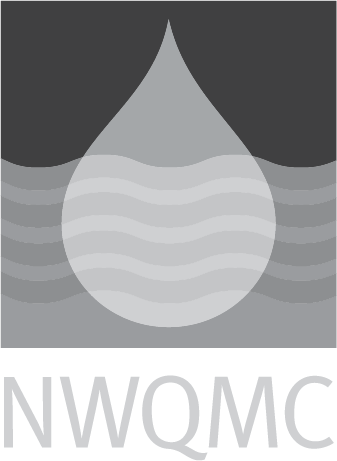Abraxis: 520011: Microcystins and Nodularins by Immunoassay, Microtiter Plate
|
Official Method Name
|
Abraxis Microcystins/Nodularins Plate Assay Kit (96T) PN 520011 |
|---|---|
|
Current Revision
| 2002 |
|
Media
|
WATER |
|
Instrumentation
|
Immunoassay |
|
Method Subcategory
|
Organic |
|
Method Source
|
|
|
Citation
|
|
|
Brief Method Summary
|
Microcystins and nodularins are detected using a colorimetric immunoassay (ELISA) procedure. A sample (0.05 mL) and an antibody against microcystins are added to a microtiter plate well pre-coated with Microcystins-ADDA coating conjugate. Both the microcystins (when present in a sample) and the microcystins coating conjugate compete for the binding sites of the antibody. After another washing step, a second antibody-HRP labeled is added and incubated. After a washing step, a substrate is added which is catalyzed by the enzyme and converted from a colorless to a blue solution. The reaction is terminated with the addition of a dilute acid. The concentration of microcystins in the sample is determined by measuring its absorbance at a specific wavelength (450 nm) using a plate photometer and comparing its absorbance to the absorbance of the calibrators. |
|
Scope and Application
|
The Abraxis Microcystins/Nodularins (ADDA) ELISA is an immunoassay for the quantitative and sensitive congener-independent (ADDA) detection of microcystins and nodularins in water samples (surface water, groundwater, well water). It is capable of detecting Microcystin-LR, Microcystin-YR, Microcystin-LA, Microcystin-RR, and Nodularins. |
|
Applicable Concentration Range
|
0.10 - 5.0 |
|
Interferences
|
|
|
Quality Control Requirements
|
(A) Calibration with 4 standards and 1 blank, all analyzed in duplicate. (B) Precision: All 41 samples analyzed in duplicate. (C) Accuracy: 3 Matrix samples spiked with the target analyte at 3 different levels in the range for quantitative analysis. (D) Validation: Analysis of 4 positive and 4 negative samples by an independent method, for confirmation. |
|
Sample Handling
|
Samples are collected in glass containers with Teflon-lined caps; for compliance monitoring, samples should be held no longer than 14 days. If samples are held frozen, they can be held for longer periods of time. Immunoassay reagents are stored refrigerated until use. Samples containing gross particulate matter should be filtered using a 1 micron filter or centrifuged before use. Drinking water samples are typically dechlorinated with 0.008% sodium thiosulfate. |
|
Maximum Holding Time
|
14 days at 4oC, longer if held frozen |
|
Relative Cost
|
Less than $50 |
|
Sample Preparation Methods
|




